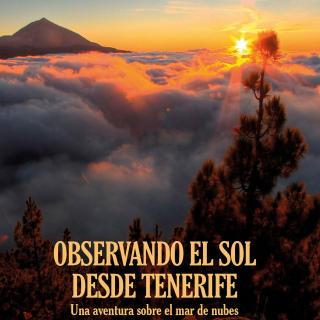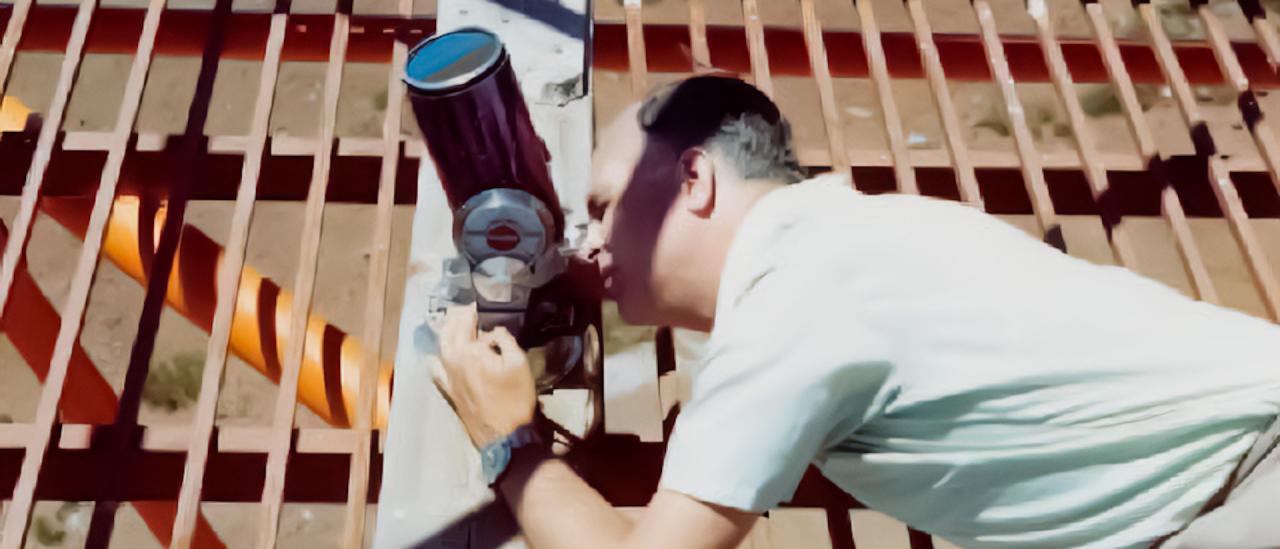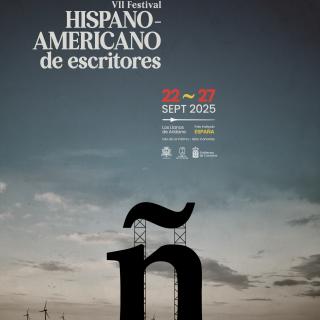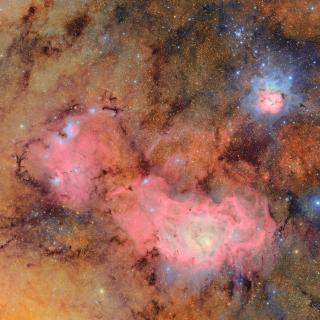Father Juan Casanovas (1929-2013), a Jesuit astronomer who played an important role in the early years of the Instituto de Astrofísica de Canarias (IAC), has had his name given to asteroid (620307) Casanovas according to a recent announcement in the IAU Bulletin WGSBN.
Father Casanovas joined the Observatorio del Teide, then recently created, in 1968, in which he founded the Solar Physics section, and pushed ahead with early testing campaigns which convinced the international scientific community of the excellence of Tenerife and La Palma for solar observations.
Thanks to his knowledge of languages he made important international contacts, for example with Karl-Otto Kiepenheuer, the President of the then recently founded JOSO (Joint Organization for Solar Observations) and director of the German Fraunhofer Institut which today is named after him. In 1969 Casanovas met Kiepenheuer at a conference, and invited him to visit the Islands, a visit which took place in 1971, and which was a decisive step towards the instalation of new solar infrastructures in the Canary Observatories.
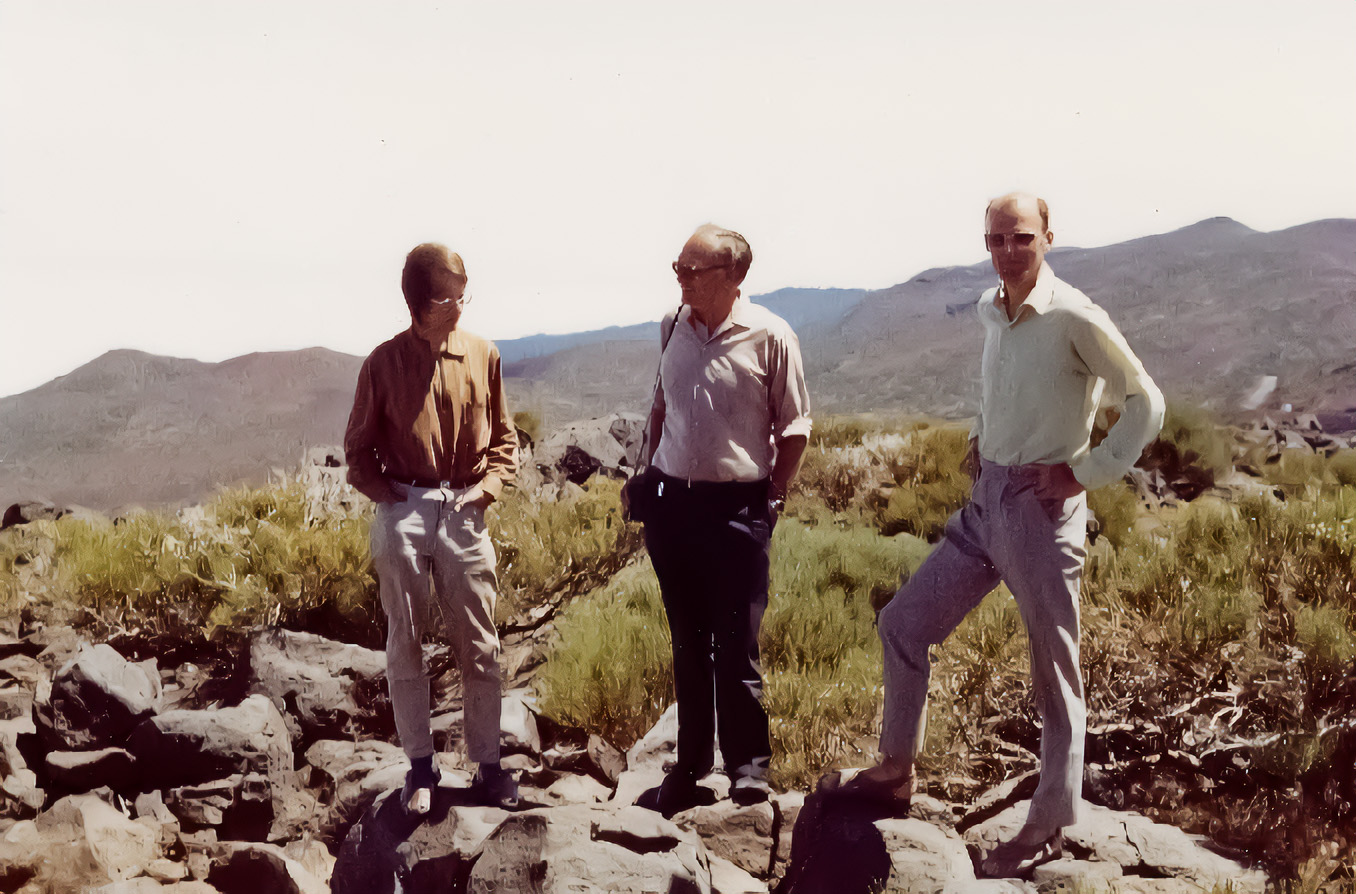
During his first year as leader of the Solar Physics group, Casanovas managed to acquire a Rasdow SW-250 heliograph, which he place on top of a tower 13 metres above ground level. Which this heliograph, designed to monitor solar activity, and similar to those used by NASA during the Apollo project, the first photographs of the Sun in white light and in Ha were taken at the Teide Observatory.
Among Father Casanovas’ first students were the researchers José Antonio Bonet, and Manuel Vázquez, who joined the solar group towards the end of 1970. They were later joined by Félix Herrera, who had been working at NASA’s groundstation for satellite tracking at Maspalomas (Grand Canary), until it was dismantled in 1974. In this group two observers, Josep María Gómez Forrellad and Lluis Tomás Roig, played important roles.
In 1976 Father Casanovas moved to the Vatican Observatory in Castel Gandolfo (Italy) where, as well as working as an astronomer, he was the librarían. He also produced important studies in the history of astronomy, specifically about questions related to the Gregorian reform of the calendar and the astronomical tables of King Alfonso the Wise (el Sabio). In 2009 he moved to a residence near his birthplace in Manresa, where he died in 2013.
Asteroid (620307) Casanovas orbits within the main asteroid belt, with an orbital period of 3.53 years. Its orbit has an inclination of 7 degrees with the plane of the ecliptic. The asteroid was discovered in July 2002.
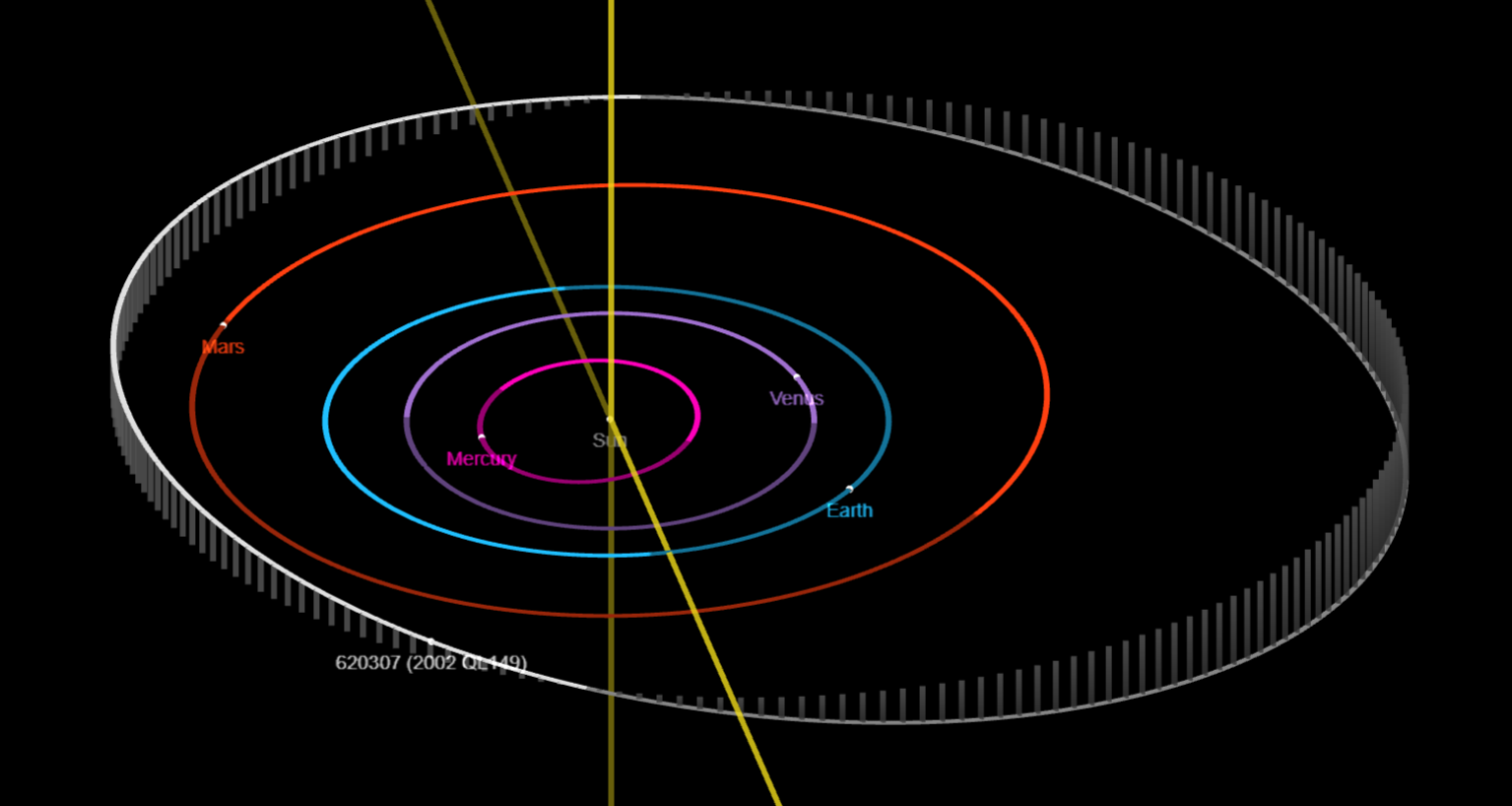
More information:
Vaticano Observatory
Small-Body Database Lookup
